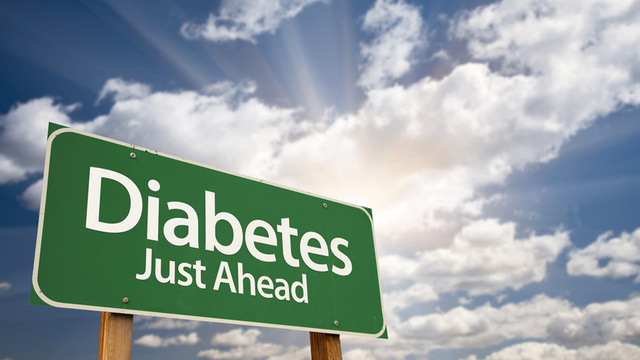The Top Seven Myths About Type 2 Diabetes

Diabetes affects 29.1 million people in the United States, which equals 9% of the entire U.S. population. While Type 2 diabetes makes up about 95% of that number, many people still do not fully understand how it works. Here are the top seven myths about Type 2 diabetes.
Sugar
Many people automatically think sugar is the main cause of diabetes. However, medical experts have not yet found one major factor that causes it. Health Grades reports, “When your body becomes resistant to insulin (the hormone that helps transform your blood sugar into energy) or doesn’t produce enough, your blood sugar levels rise, which results in diabetes.”
Your Weight
Being overweight or obese does not automatically mean you will develop diabetes. Though, certain risk facts make it more likely for that to occur. These risk factors include, “having a family history of the disease, being over age 40, and being of African American, Hispanic, Native American, Asian American, or Pacific Islander descent.”
Symptoms
Common beliefs would lead you to think symptoms of type 2 diabetes are apparent. However, the symptoms actually may develop very slowly. The CDC estimates that about 8 million people with the disease do not even know they have it. And once symptoms begin, they may be too mild or vague to recognize. Some symptoms include increased urination, thirst or hunger. Other symptoms include weight loss and fatigue; slow-healing wounds and blurred vision typically occur later in the disease.
Pre-diabetes
If you have been diagnosed with pre-diabetes, do not take it lightly. “Having prediabetes puts you at a very high risk of developing type 2 diabetes.” The good news is, pre-diabetes can be completely reversible. Health Grade recommends moderate exercise to stay ahead of the disease.
Type 2 vs. Type 1
Both Type 2 diabetes and Type 1 diabetes are serious conditions – diabetes is the 7th leading cause of death in the United States, a major cause for disability, and can cause kidney disease, vision loss, neuropathy, amputations, heart attack and stroke (Health Grade). Type 1 diabetes occurs when cells in the pancreas are attacked by the body’s own cells and can’t produce insulin to rid the blood stream of the extra sugar. While a bigger majority of people are prone to the disease (all ethnic groups), this disease most commonly affects children and teens and is considered to have a very rapid onset of symptoms compared to a slow progression in Type 2 diabetes.
Cures
There is no cure for type 2 diabetes. Though it can be controlled with lifestyle changes, medicine and insulin, once diagnosed with the disease, you will carry it forever. In some cases, Health Grade reports that people have been able to return their blood glucose levels back to normal and discontinue their medications (remission).
Carbs
Sugar comes from carbs – starches, fruits, alcohol and even some grains. The key to a healthy amount of carbs is practicing portion control and managing the amount of carbs you put in to your body. Speak with a dietitian to get a greater understanding of control of carbs. Speak with one of InVite®’s nutritionists or naturopathic doctors by clicking here! A special diet is not necessary for type 2 diabetes, just a healthier lifestyle and better food choices. There is no limit to the activities a person living with diabetes can do. In fact, exercise and leading an active lifestyle may even help you.
Source: http://healthguides.healthgrades.com/